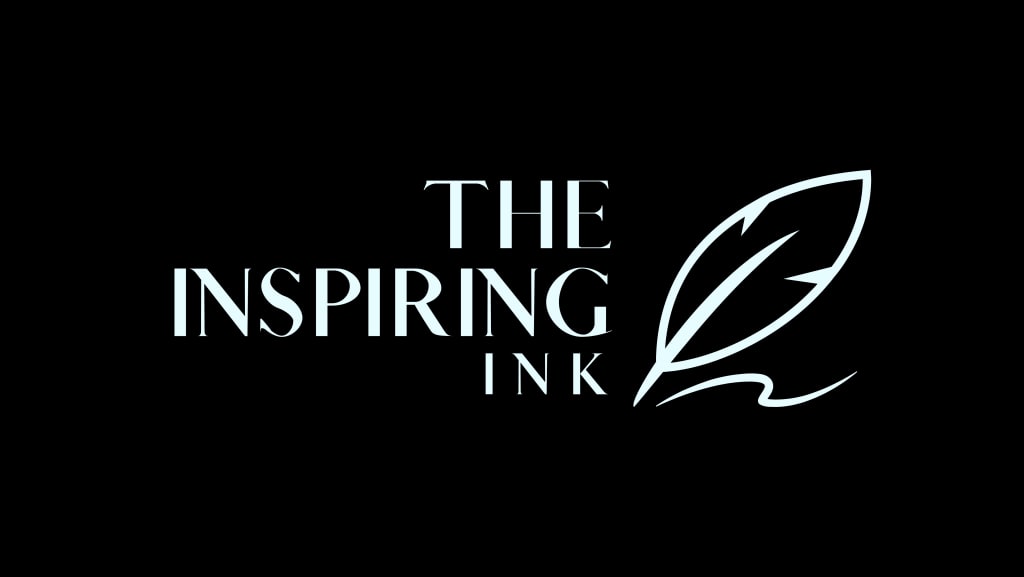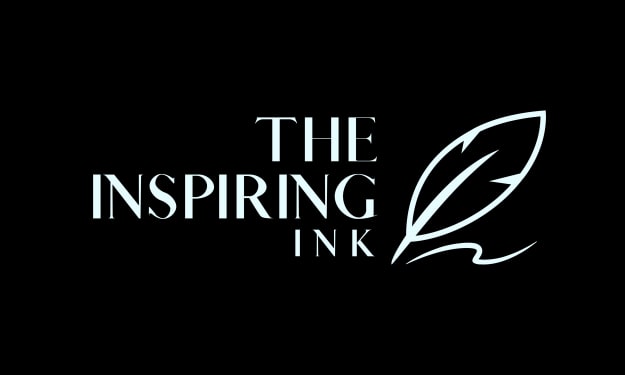PROCESSING
sequence of processing

It is a system in which the sequence of processing (or assembly) operations is fixed by the
equipment configuration. The operations in the sequence are usually simple. It is the integration
and coordination of many such operations into one piece of equipment that makes the system
complex. The typical features of fixed automation are:
(a) High initial investment for custom–Engineered equipment;
(b) High production rates; and
(c) Relatively inflexible in accommodating product changes.
The economic justification for fixed automation is found in products with very high demand
rates and volumes. The high initial cost of the equipment can be spread over a very large number
of units, thus making the unit cost attractive compared to alternative methods of production.
Examples of fixed automation include mechanized assembly and machining transfer lines.
2. PROGRAMMABLE AUTOMATION
In this the production equipment is designed with the capability to change the sequence of
operations to accommodate different product configurations. The operation sequence is controlled
by a program, which is a set of instructions coded so that the system can read and interpret them.
New programs can be prepared and entered into the equipment to produce new products. Some
of the features that characterise programmable automation are:
(a) High investment in general-purpose equipment;
(b) Low production rates relative to fixed automation;
(c) Flexibility to deal with changes in product configuration; and
(d) Most suitable for batch production.
Automated production systems that are programmable are used in low and medium volume
production. The parts or products are typically made in batches. To produce each new batch of
a different product, the system must be reprogrammed with the set of machine instructions that
correspond to the new product. The physical setup of the machine must also be changed over:
Tools must be loaded, fixtures must be attached to the machine table also be changed machine
settings must be entered. This changeover procedure takes time. Consequently, the typical cycle
for given product includes a period during which the setup and reprogramming takes place,
followed by a period in which the batch is produced. Examples of programmed automation
include numerically controlled machine tools and industrial robots.
3. FLEXIBLE AUTOMATION
It is an extension of programmable automation. A flexible automated system is one that is capable
of producing a variety of products (or parts) with virtually no time lost for changeovers from one
product to the next. There is no production time lost while reprogramming the system and altering
the physical setup (tooling, fixtures, and machine setting). Consequently, the system can produce
various combinations and schedules of products instead of requiring that they be made in separate
batches. The features of flexible automation can be summarized as follows:
(a) High investment for a custom-engineered system.
(b) Continuous production of variable mixtures of p
(c) Medium production rates.
(d) Flexibility to deal with product design variations.
The essential features that distinguish flexible automation from programmable automation
are: (1) the capacity to change part programs with no lost production time; and (2) the capability
to changeover the physical setup, again with no lost production time. These features allow the
automated production system to continue production without the downtime between batches that
is characteristic of programmable automation. Changing the part programs is generally accomplished
by preparing the programs off-line on a computer system and electronically transmitting the
programs to the automated production system. Therefore, the time required to do the programming
for the next job does not interrupt production on the current job. Advances in computer systems
technology are largely responsible for this programming capability in flexible automation. Changing
the physical setup between parts is accomplished by making the changeover off-line and then
moving it into place simultaneously as the next part comes into position for processing. The use
of pallet fixtures that hold the parts and transfer into position at the workplace is one way of
implementing this approach. For these approaches to be successful; the variety of parts that can
be made on a flexible automated production system is usually more limited than a system
controlled by programmable automation.
various business related functions needed in a manufacturing firm. Computer Aided Design and
Computer Aided Manufacturing (CAD/CAM) in another term that is used synonymously with CIM.
The good relationship exists between automation and CIM with a conceptual model of
manufacturing. In a manufacturing firm, the physical activities related to production that take
place in the factory can be distinguished from the information-processing activities. The physical
activities include all of the manufacturing processing, assembly, materials handling and inspections
that are performed on the product. These operations come in direct contact with the physical
activities during manufacture. Raw materials flow in one end of the factory and finished products
flow out the other end. The physical activities (processing, handling, etc.) take place inside the
factory. The information-processing functions form a ring that surrounds the factory, providing
the data and knowledge required to produce the product successfully. These information processing
functions include: (1) business activities, (2) product design, (3) manufacturing planning, and
(4) manufacturing control. These four functions form a cycle of events that must accompany the
physical production activities.
About the Creator
The Inspiring Ink
Welcome to my blog!
Here, I share my thoughts and insights on a variety of topics including technology, business and personal development. Join us on the journey of discovery and growth and share your own thoughts in the comments section.






Comments
There are no comments for this story
Be the first to respond and start the conversation.